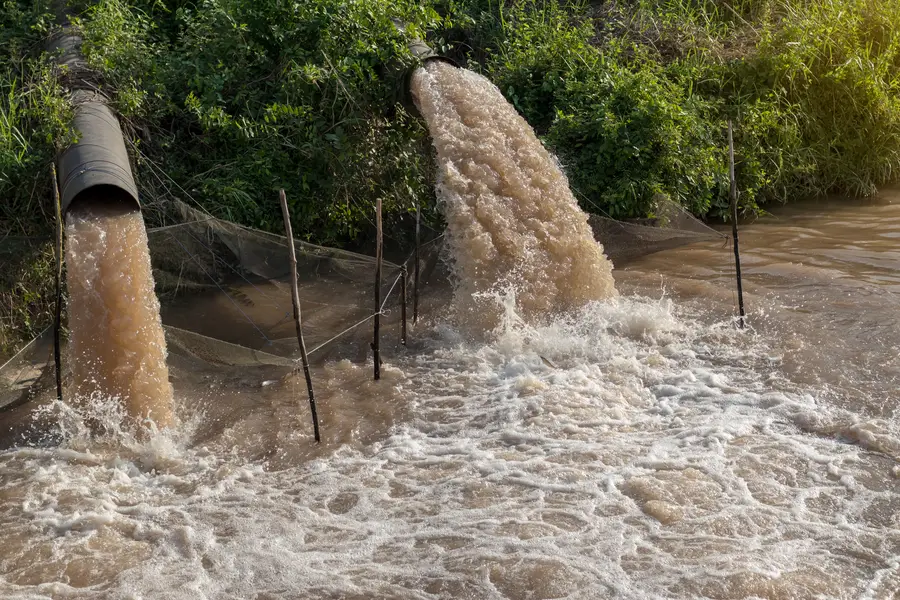Understanding the Widespread Impact of PFAS
Per- and polyfluoroalkyl substances (PFAS) are a class of compounds under increasing scrutiny by the media and the public. In the 1930s, industry began widespread use of this class of chemicals that contain carbon-fluorine bonds. Over time, their increased use in consumer products and release of these chemicals resulted in the spread of PFAS substances globally. While the production of PFAS is not new, the human health impacts are just beginning to be understood. PFAS are now widespread pollutants within the environment and human body. Collaboration and awareness between the public, industry, and government is necessary to address PFAS concerns.
To set the stage for understanding and addressing PFAS, here are four things you need to know:
- PFAS are widely used. The variety of PFAS applications is due to its ability to repel water, grease, and stains, along with being fire resistant.Some other functionalities include acting as a leveling agent in solutions, de-dusting agents, and a coating on containers to help solutions flow better. In addition to being chemicals, PFAS also includes polymers like Polytetrafluoroethylene (PTFE) which is commonly used to make non-stick cookware and incorporated into anti-aging cosmetics.
- PFAS are forever chemicals and global pollutants. PFAS take long time spans to degrade—some studies anticipate over 1,000 years in the environment. PFAS have been found globally, including in air, water, soil, foods, rainwater, and the human body. Nearly all Americans have PFAS in their blood.
- PFAS chemicals impact health. While different PFAS substances have varying degrees of impact, it is understood for multiple PFAS compounds that they have negative impacts on fetal development, reduce vaccine efficacy, and can increase risk of cancer and chronic health concerns like high blood pressure.
- PFAS interventions are happening now. Governments nationally and internationally are working to identify, understand, regulate, and reduce environmental and human health exposure to PFAS chemicals. For example, the European chemical agency plans to restrict 10,000 PFAS chemicals by 2040. Additionally, the EPA proposed to regulate six PFAS chemicals in drinking water, including PFOA and PFOS with an MCL of 4 parts per trillion.
Learn more about our PFAS Research and check out the related Insights and resources below.

